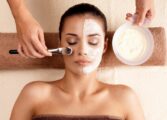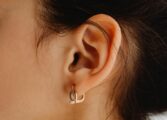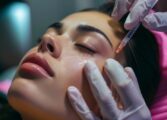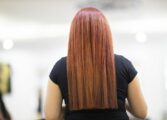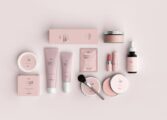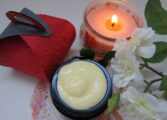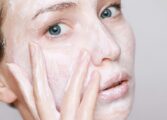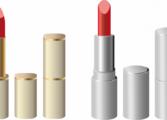Makeup Primer: The Secret to a Flawless Base

An Overview of Makeup Primer
Makeup primer is a vital step in every makeup routine, regardless of whether you are a beauty enthusiast or a professional makeup artist. It serves as a base for your foundation, helping to create a smooth canvas and ensure that your makeup lasts all day. In this comprehensive article, we will delve into the world of makeup primers, exploring what they are, the different types available, popular brands, quantitative measurements, variations between products, and a historical analysis of their advantages and disadvantages.
Understanding Makeup Primer
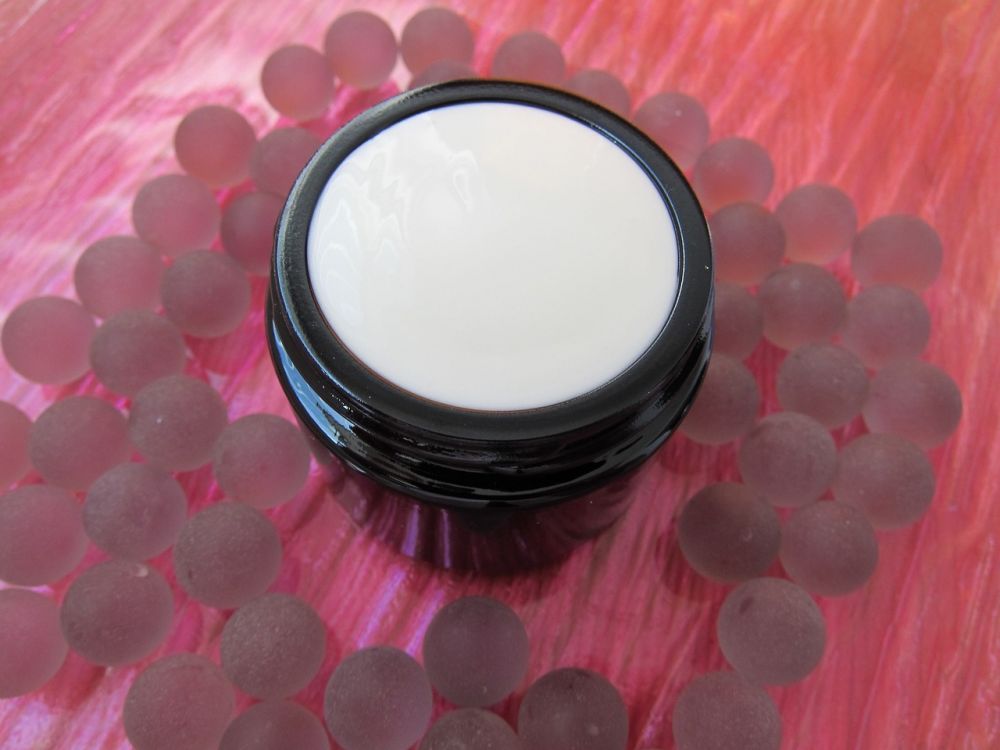
Makeup primer is a product that is applied before foundation, acting as a barrier between your skin and makeup. Its main purpose is to prep your skin for makeup application, providing a smooth and even surface. The key function of a primer is to fill in pores, blur imperfections, and control excess oil, resulting in a flawless and long-lasting makeup look.
The Different Types of Makeup Primers
There are various types of makeup primers available today, each catering to different skin types and concerns. Some common types include:
1. Pore-minimizing primers: These primers are specially formulated to minimize the appearance of pores, creating a smoother texture.
2. Mattifying primers: Ideal for those with oily or combination skin, these primers help control shine and keep the skin matte throughout the day.
3. Illuminating primers: Designed to give the skin a radiant glow, these primers contain light-reflecting particles that add a luminous finish to the makeup.
4. Color-correcting primers: These primers are available in different hues and help neutralize specific skin concerns. For example, green primers counteract redness, while purple ones brighten dull skin.
Popular Brands and Quantitative Measurements
When it comes to popular makeup primers, several brands have emerged as favorites among consumers and professionals. Some renowned brands include Smashbox, Benefit, Hourglass, and MAC. These brands offer a range of primers designed to address various skin concerns.
Quantitative measurements play a significant role in evaluating the performance of makeup primers. Factors such as longevity, pore visibility, oil control, and smoothness can be measured using standardized testing methods. These measurements help consumers make an informed decision when selecting a primer that best suits their needs.
Understanding the Differences between Makeup Primers
Each makeup primer has its unique formula and texture, resulting in different effects on the skin. Some primers offer a silicone-based formula, providing a velvety finish and filling in pores, while others focus on hydration and nourishment.
The variations in primer texture also play a crucial role. Some primers have a gel-like consistency, perfect for those with oily skin, while others have a creamy texture, catering to individuals with drier skin types.
It is essential to understand these differences and select a primer that aligns with your specific skin concerns and preferences.
A Historical Analysis of Makeup Primer
Makeup primers have evolved significantly over time to cater to changing beauty trends and customer demands. In the past, primers were primarily silicone-based, aimed at blurring imperfections and creating a smooth base for the foundation.
Advancements in cosmetic science have led to the development of primers that not only prepare the skin but also provide additional skincare benefits. Many modern primers contain ingredients such as hyaluronic acid, antioxidants, and SPF protection to nourish and protect the skin.
However, it is crucial to note that some early formulations of makeup primers were criticized for clogging pores and causing breakouts. Manufacturers have since improved the formulas, creating non-comedogenic and lightweight primers that are less likely to cause skin issues.
In conclusion, makeup primers play a vital role in achieving a flawless makeup application. With various types available, it is essential to find a primer that suits your skin type and concerns. By understanding the differences between primers and considering their historical evolution, you’ll be well-equipped to select the perfect primer for your makeup routine.
Aspiring chefs, food enthusiasts, and anyone interested in the art of makeup will benefit from incorporating a makeup primer into their beauty regimen. Take the first step towards flawless makeup by exploring the world of makeup primers and enhancing your overall makeup experience.











